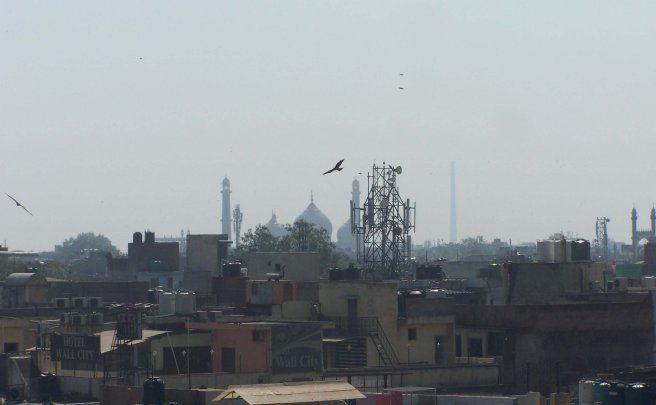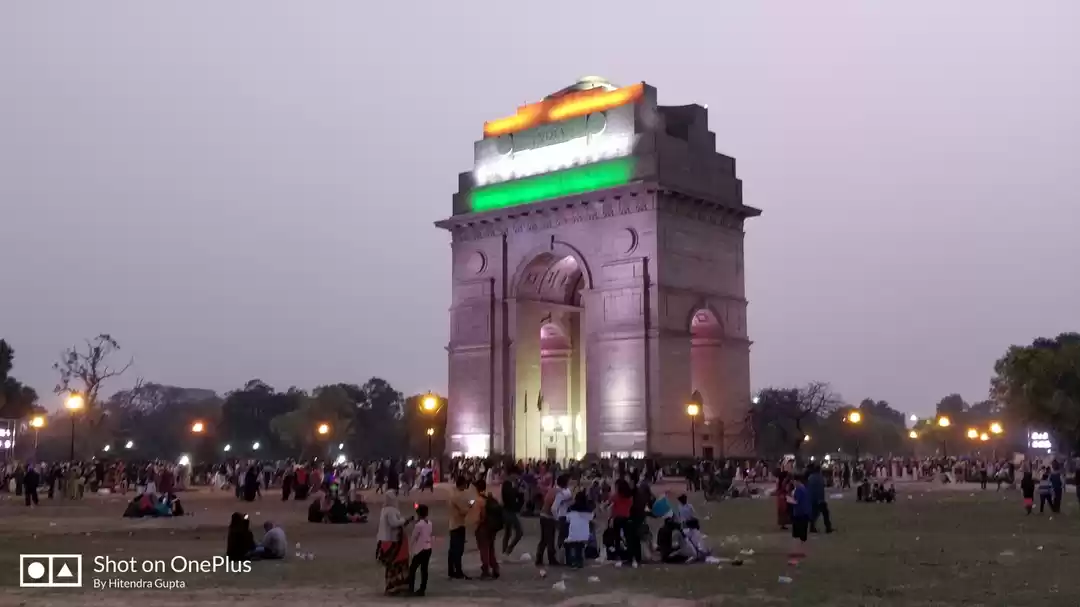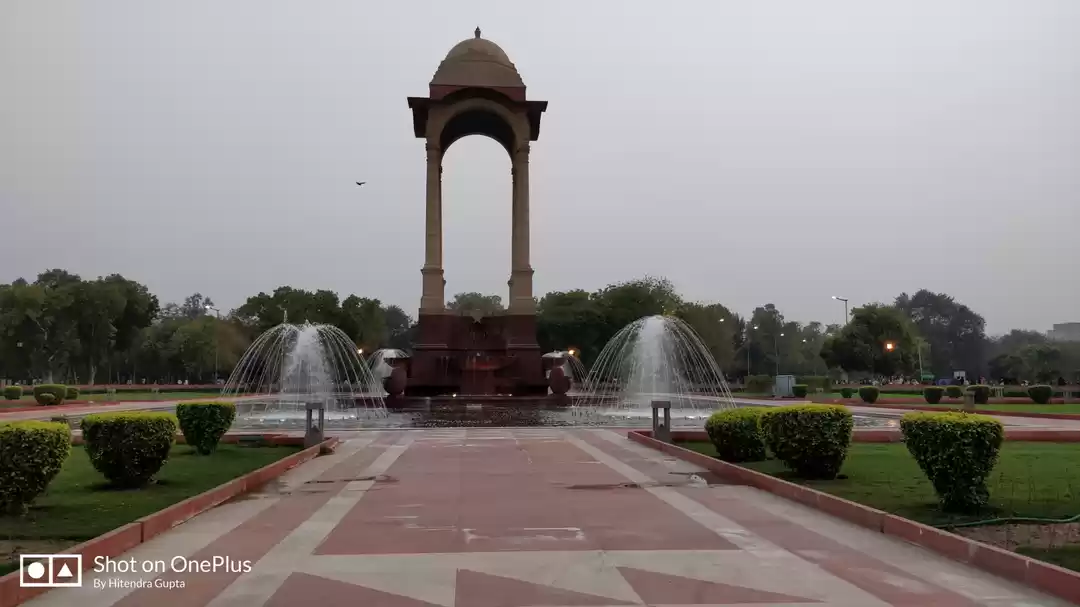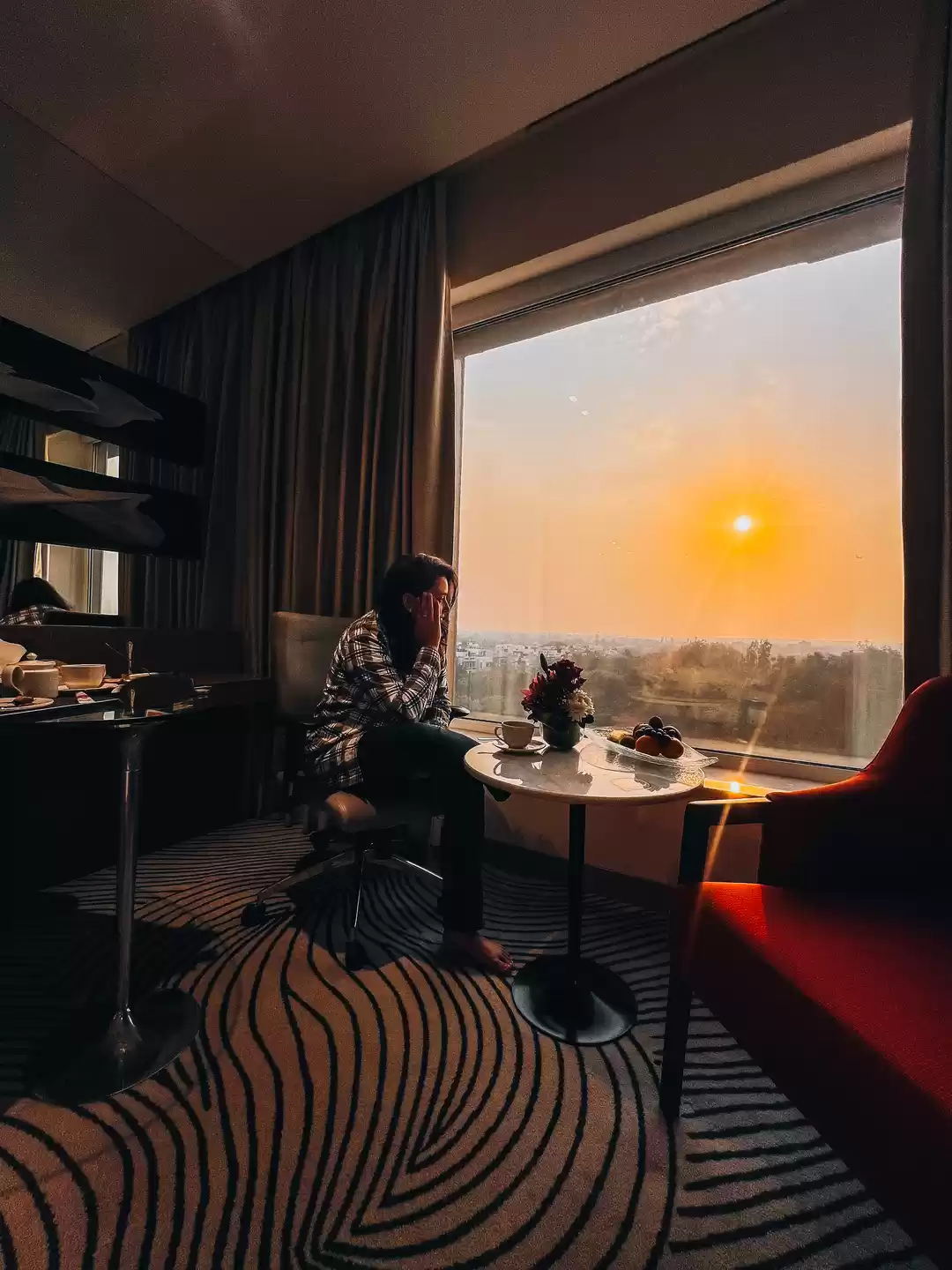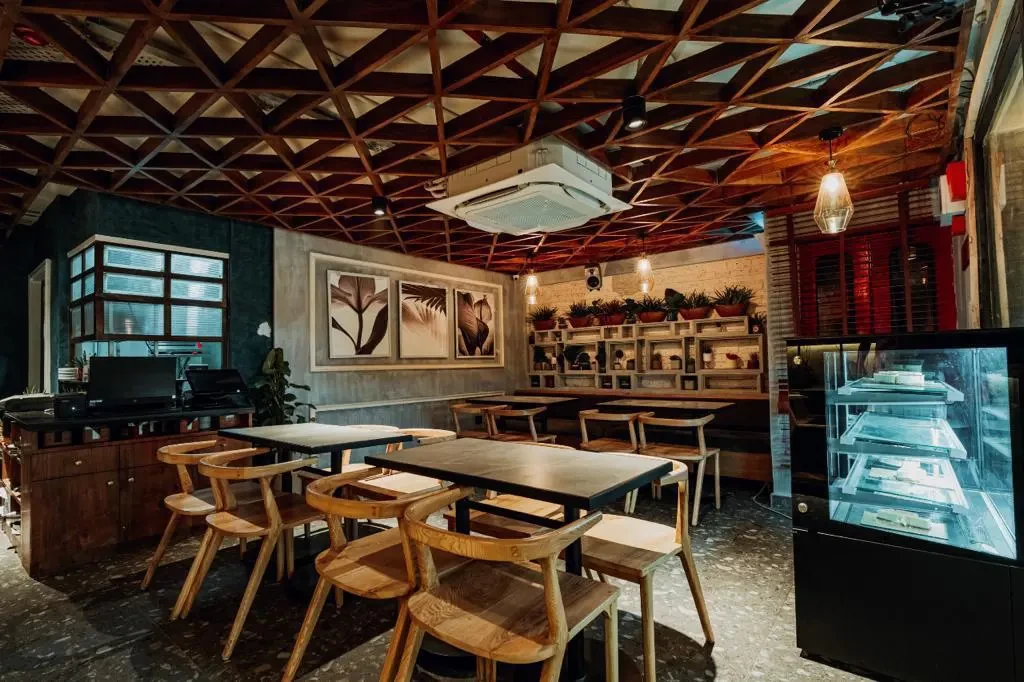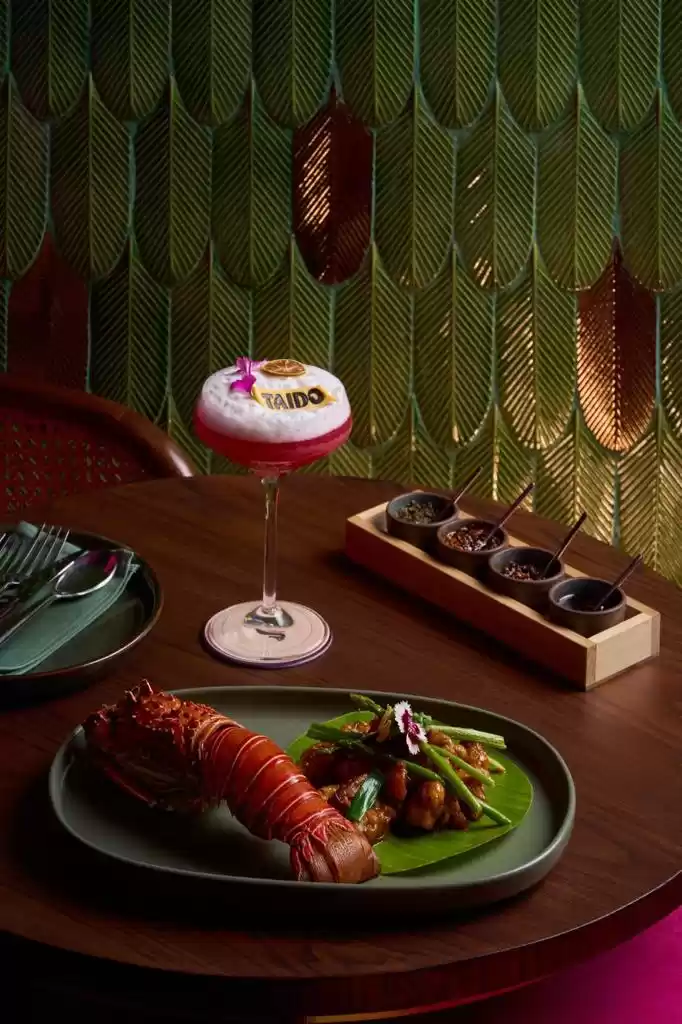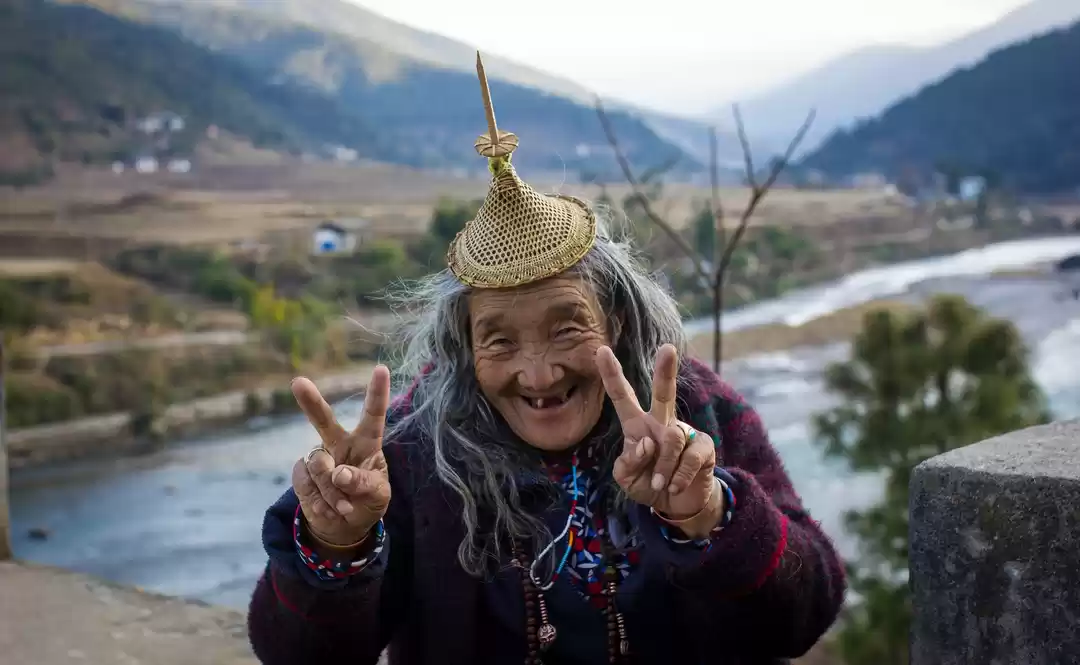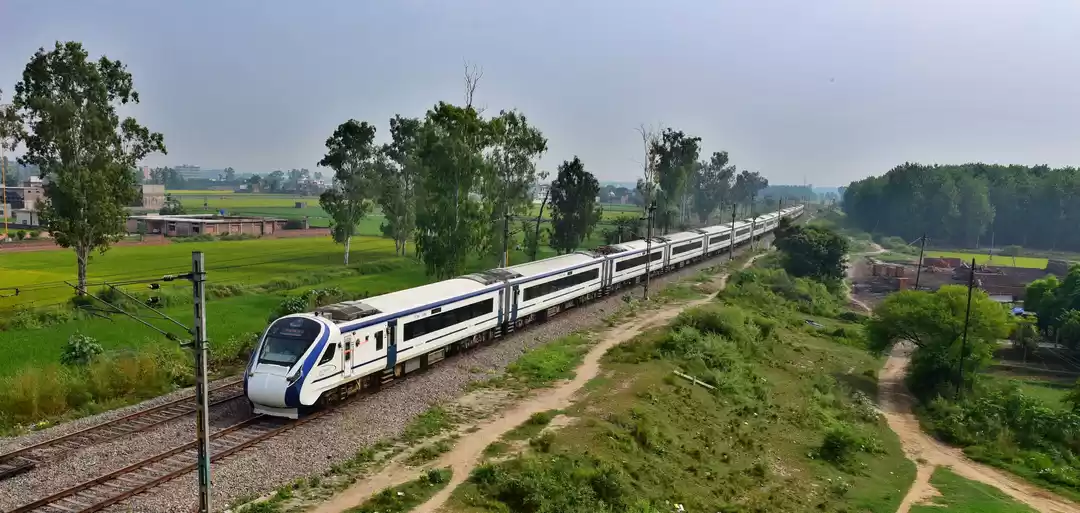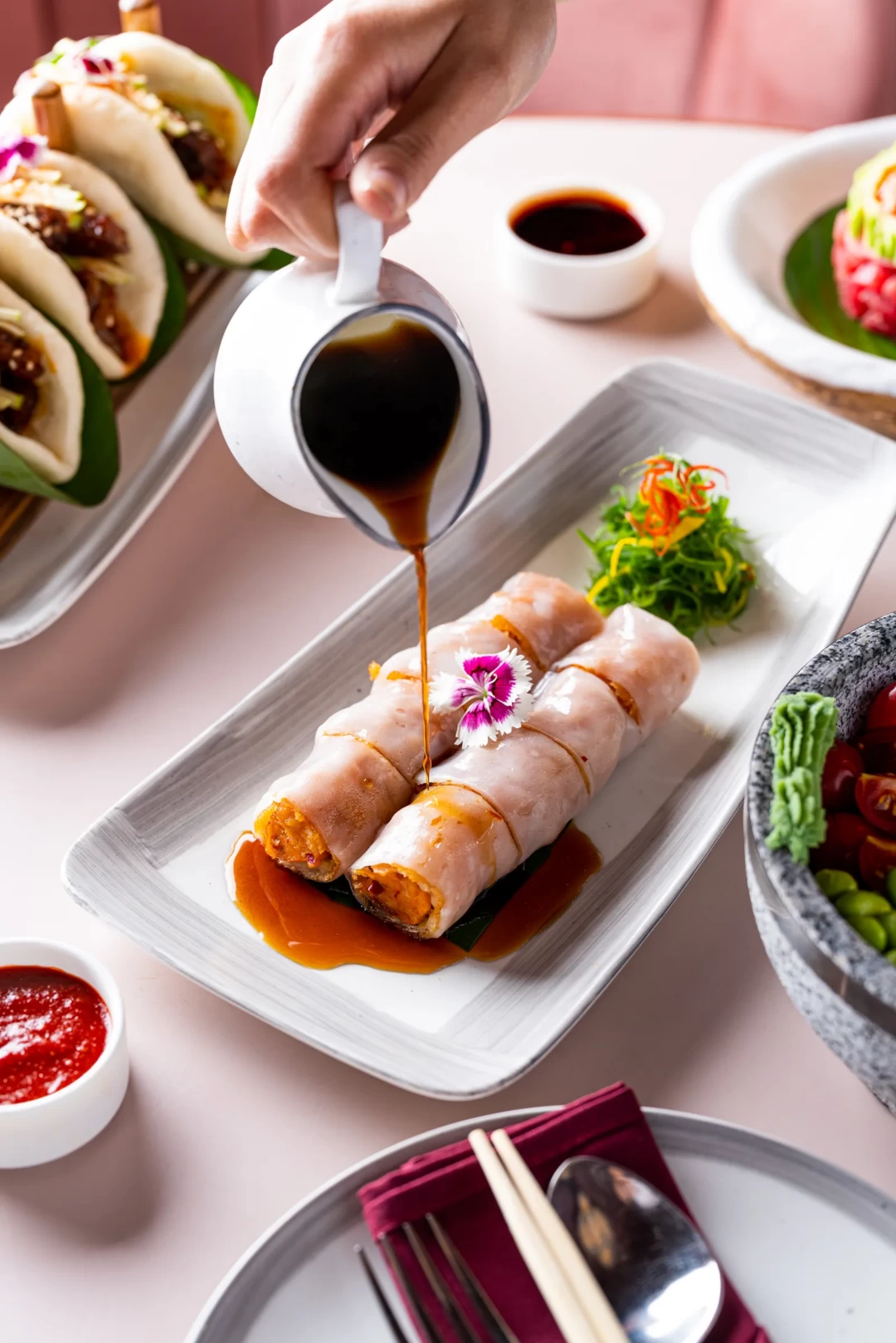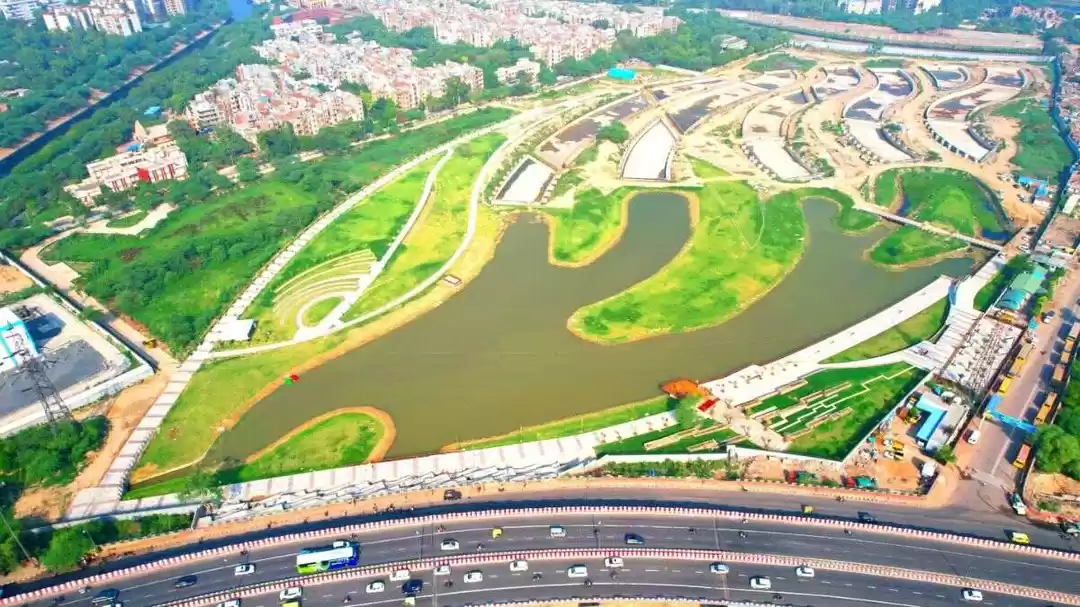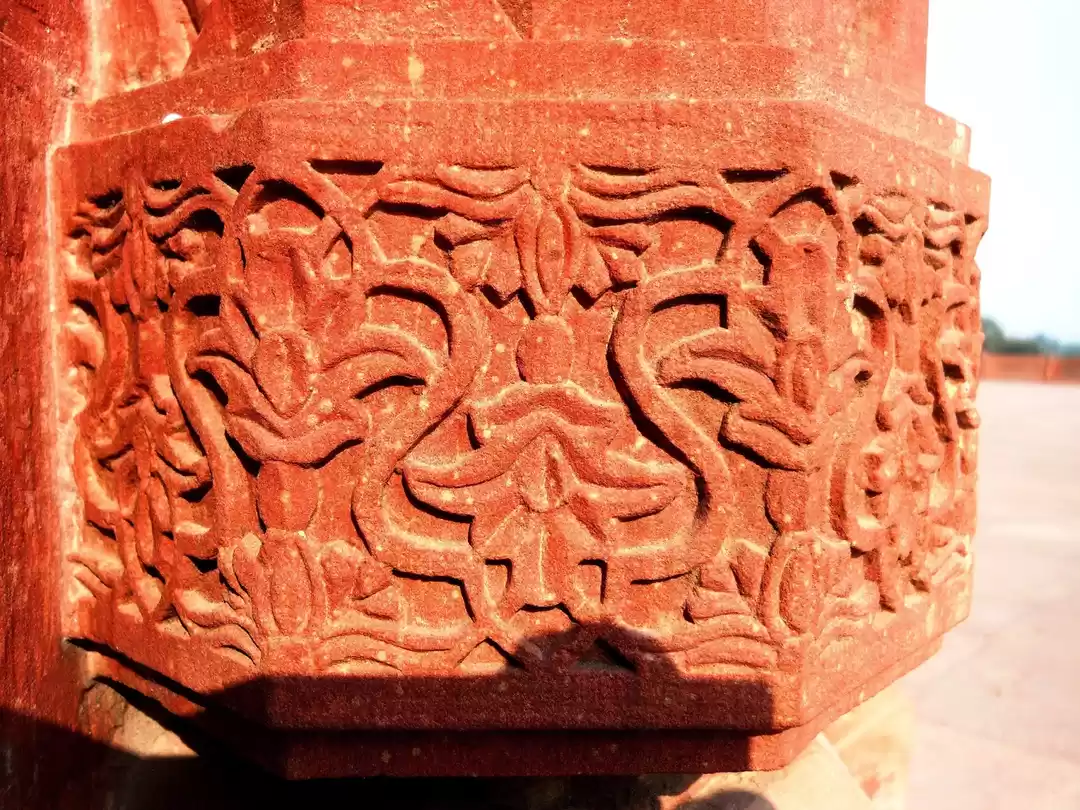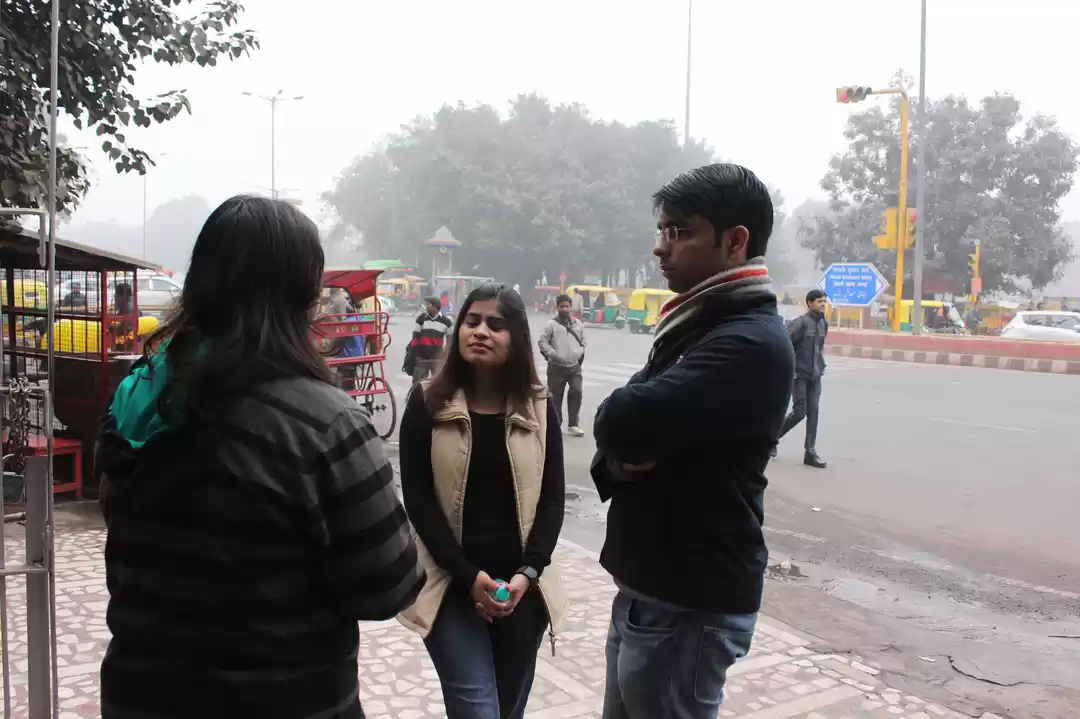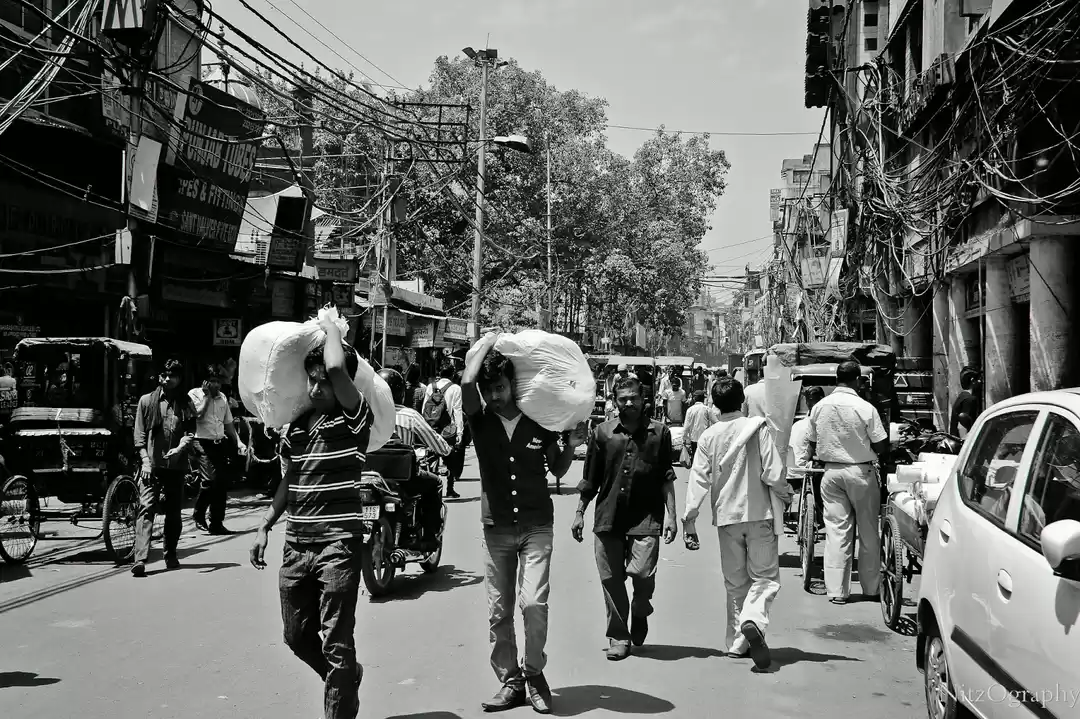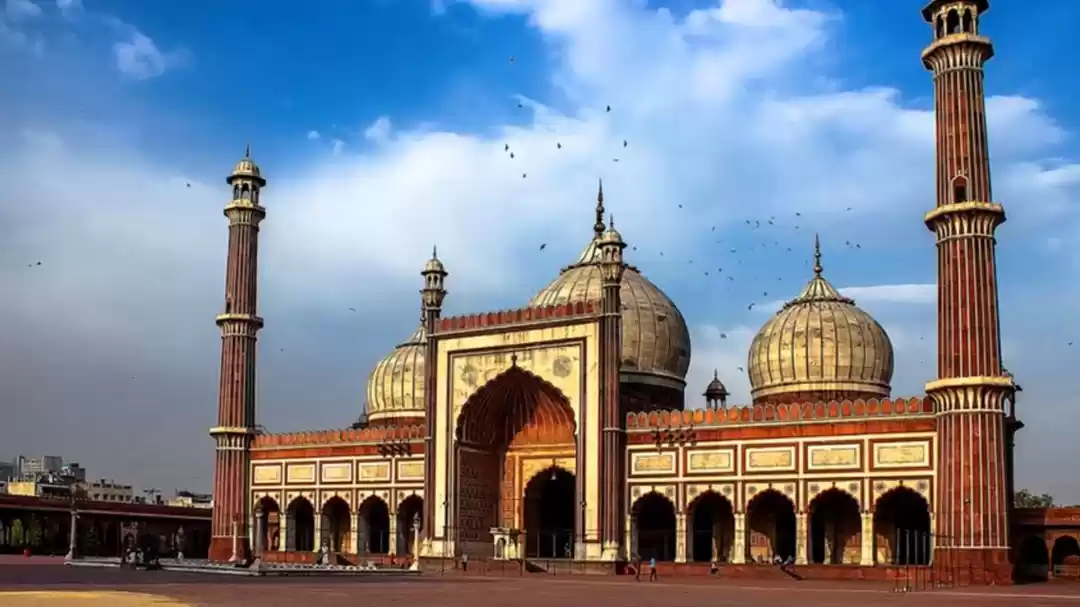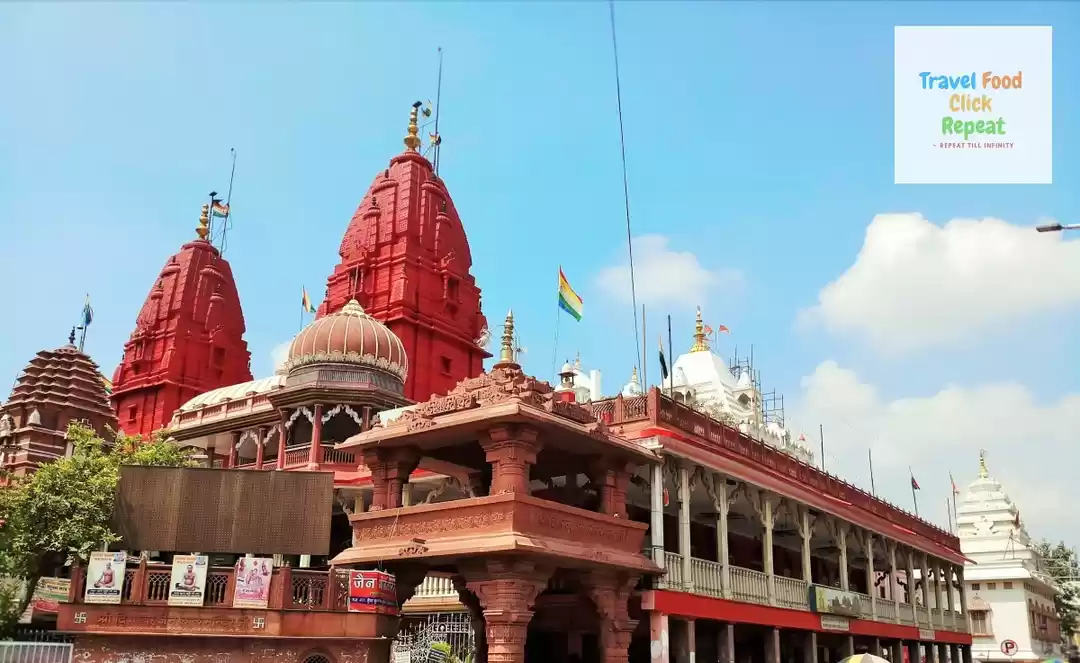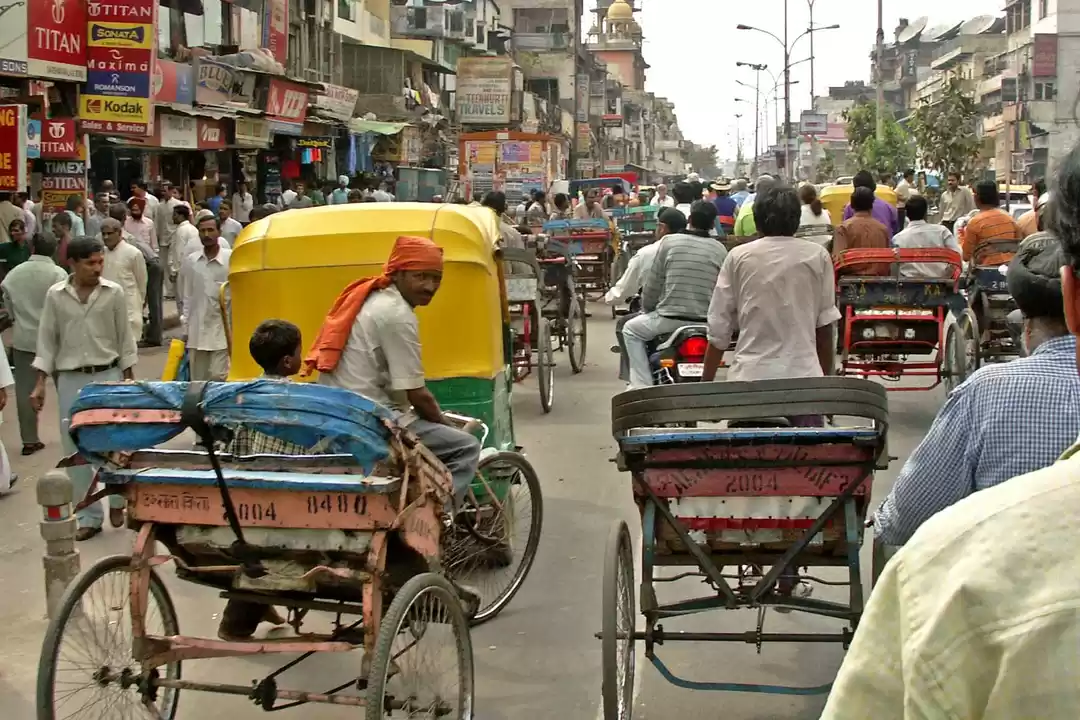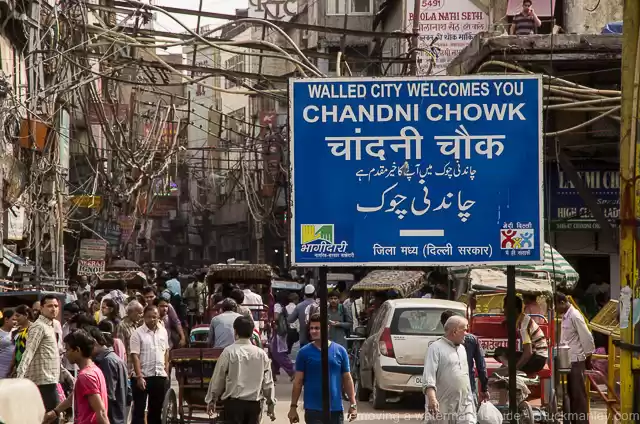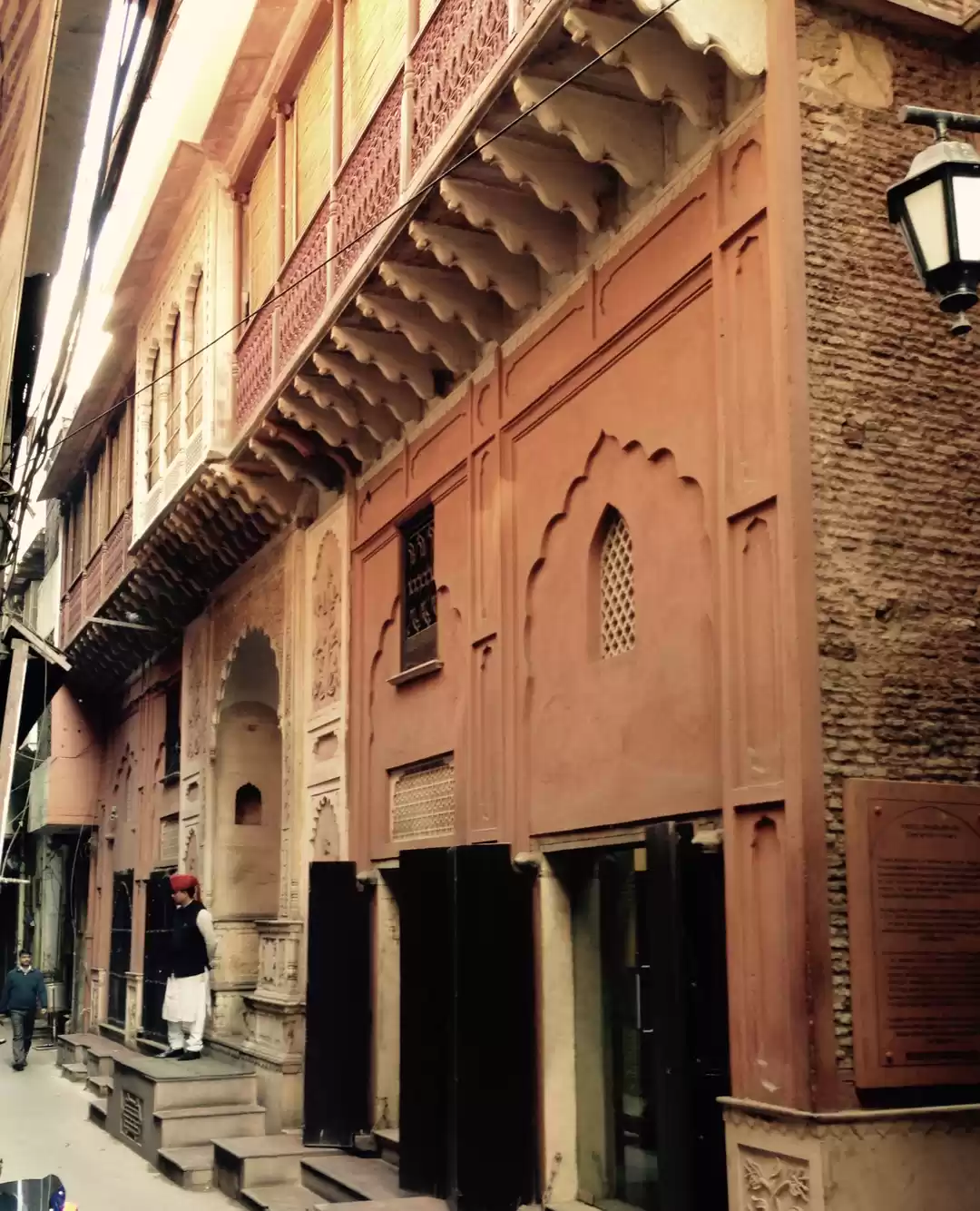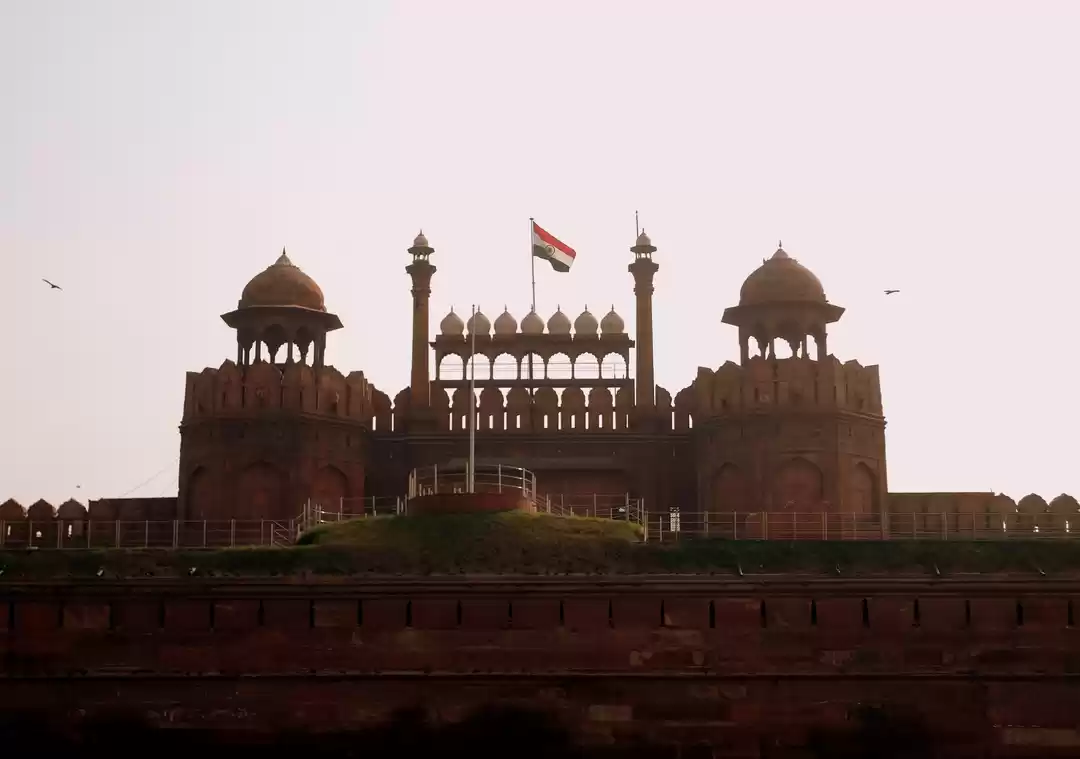




Chandni Chowk has a peculiar lilt and sparkle in its name. I needed to find out how much of it is true. An opportunity came through when our daughter left for her school trip and my husband and I put on our walking shoes and jumped on the next metro towards Delhi to discover the mystery that was eluding us. What we found left us dazzled and distressed at the same time.
As we walked out of the metro station, Dilli (as old delhi was referred to earlier) was just waking up to a new dawn and getting ready for another busy day. We asked around for the Lal Mandir or the Digambar Jain temple. After a couple of blanks stares and wrong directions we decided to take a rickshaw to reach our destination. As the rickshaw driver twisted and turned on its way to our place of interest we realized we were in a world vastly different from the one we were used to.
We alighted and turned to look around for our guide and noticed something familiar to our left. The ethereal structure of the Red Fort stood proudly silhouetted in the early morning smog. For something that has witnessed eons of history and still holds its significance in today’s scenario, I thought it deserved a little bit more importance than the surrounding milieu cared to bestow it with.
Our guide from Walks2remember, Shruti Dutt was a cheerful little lady raring to go with her bagful of anecdotes on her favorite city. As a student of history, I hoped I could chip in. Unfortunately, years of creating mundane guidebooks for software applications have somehow contributed in blanking out whatever little my professors managed to drill into my head. I kept mum soaking in Shruti’s stories instead and enjoying every bit of it.
‘Chandni’ in Hindi means moonlight. When Jahan Ara, the daughter of Shah Jahan designed the square, she built it with a huge canal running through its center starting from the Red Fort right till the point where the Fatehpuri Masjid was later constructed. The Canal filled with water shimmered and shone in moonlight. Such amazing beauty was rarely perceived and led to the square to be named the Chandni Chowk or the “moonlight square”. With such descriptions you generally tend to romanticize about a square with doves twittering around in the surrounding serenity. However, reality is far removed from that.
When the British took over, they broke down the canal and constructed a Clock Tower in the middle of the square. Then again post-independence, when the Indians got back control, in their scurry to claim their own, they ignored the beautiful architectural pattern of placing shops in a half-moon shaped arrangement and built random commercial establishments. Today Chandni Chowk is one of the busiest commercial zones of Old Delhi. The overcrowded roads hardly help to remind one of its glorious past. Nevertheless, it still holds some of the best shopping zones and food corners as we were soon to discover. Though robbed of its erstwhile beauty, Chandni Chowk continues to attract tourists and locals for reasons that are varied and unique to each.
In addition to its commercial aspect, we realized that Chandni Chowk is steeped in religious fervor. The single stretch of road holds places of worship belonging to 5 different faiths. To have retained this in spirit despite the communal disharmony that exists today is in itself a huge achievement. We saw the Shri Digambar Jain Lal Mandir (Jain), the Gauri Shankar Temple (Hindu), Sis Ganj Sahib Gurudwara (Sikh), the Central Baptist Church (Christian), and the Sunehri Masjid (Muslim) lined one after the other. Interesting anecdotes revolve around each of these places of worship and Shruti was happy to regale us with some of these. The most grisly and spine chilling was the one she told us about the mass killings ordered by Nadir Shah instigated by a quarrel between by one of his soldiers and a pigeon seller. The soldier dies in the fight that ensues enraging Nadir Shah sufficiently to order the drastic measure. It was shocking to imagine that Nadir Shah actually stood on top of the Sunehri Masjid and supervised the killings. As we looked up towards the rusty brown dome of the masjid (that today is passed off as golden) we shivered to imagine the massacre it witnessed. History does manage to enshrine itself in unique ways to ensure we do not forget its trail.
Food is the next attraction in Chandni Chowk. It boasts of some of the oldest and the most delicious centres of gastronomic delights. A lot has been written on each of these culinary treats but nothing can beat the real thing. More than the taste, I believe it is the aroma of heritage that comes along with the food that acts as a definite taste enhancer. We feasted on Jalebis that were the size of a small saucer, and hot paranthas in the famous Paranthe wala galli and definitely plan to go back for more. It was interesting to note that though the Paranthas were deep fried in oil it however left less oil on our fingers than the home made pan fried ones. In the calorie conscious age we are living in this is definitely worth a try. An anecdote about the Jalebiwala however left a bitter taste in our mouths. It is assumed that post the massacre ordered by Nadir Shah, all the bodies were piled up in the same location where the Jalebiwala shop stands today. In fact that was known to be the original Khooni Darwaza, where Bahadur Shah Zafar’s two sons and grandson were shot by the British in the first Indian Independence war of 1857 otherwise known as the Sepoy Mutiny.
The Havelis are the last remnants of Chandni Chowk’s illustrious past. Most of these have been included in a restoration project that identified them as heritage buildings. However, there are still some that are lost owing to neglect. The Khajanchi Haveli and the Naughara are the two Havelis we visited. The Khajanchi or the treasury building gave us a pretty good glimpse into the lifestyle and culture of the commonalty of Old Delhi. The structure of their homes speaks volumes about their day to day life which few history books can cover. I wonder why schools don’t organize such walks. It would be a far better way to interest students than forcing them to memorize the prosaic texts.
As we walked on we soaked in not only the sights and sounds of Old Delhi but also inhaled its smells.
The spice lanes of Khari Baoli were not only good for our nasal clearing but also helped to transport our mind back in time. Known to be Asia’s largest spice market, the shops lined out on the streets of the area still bear the numbers that were ordained to them under the Mughal emperors. History in Chandni Chowk, it seems is truly tangible and not merely an abstract obsession of the mind.
As we ended our walk on the portals of the Fatehpuri Masjid we felt ourselves entranced in a time warp. We could almost hear the call of the Azan that summoned the faithful to the prayer halls. As the men assembled in Jama Masjid, the women led by Fatehpuri Begum, one of Shah Jahan’s wives gathered to offer their prayers in the more modest precincts of the Fatehpuri Masjid.
In Chandni Chowk you literally feel the pangs of anxiety when you witness modernity trespassing into history deeply entrenched in its nooks and corners. When you look up at the dilapidated state of the Begum Sumroo palace, you can almost hear the pillars beseeching you to recall its glory buried in years of neglect. Tenants peering out of the marble porticos of the Khajanchi haveli reveal a displacement of the sense of privacy and exclusivity the place was once built for. However, the charm of Chandni Chowk , lies in its ability to adapt uniquely to every change that it has witnessed throughout its history. Today, like always, it has adapted well to yet another metamorphosis of its character. In the process it offers us, its new generation of inhabitants, with two choices – An opportunity to etch out a new chapter that will revive its lost glory or an excuse to rob it of its last shade of luster leaving nothing worthwhile for posterity to behold. The choice is ours to make.
This blog was first published on So We Travel Blog.


